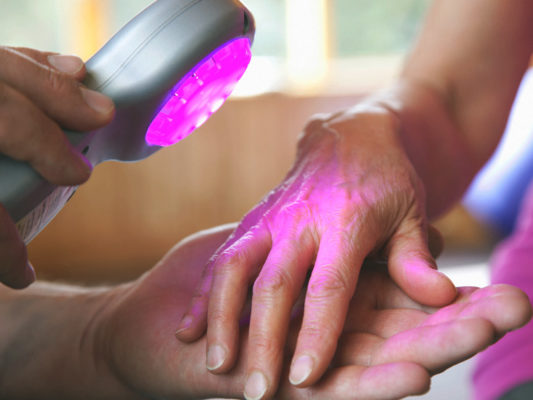Most skin pigmentation disorders result from the overproduction or underproduction of melanin, the pigment that gives skin its natural color. Some pigmentation disorders affect just patches of skin, while others can affect your entire body.
Vitiligo
Vitiligo appears as skin patches that have lost their color, premature graying of hair (including eyebrows, eyelashes, and beard), and sometimes the eyes’ retinas changing color. This discoloration is caused by the immune system destroying melanocytes (pigment-producing cells). Vitiligo affects all sexes, races, and skin tones, but is mostly found in patients between ages 10 and 30 years old. Although there is no cure for vitiligo, there are some tactics and treatments to mask its appearance or stop the progression of it. These options include protecting the skin with sunscreen, wearing coverup, applying topical creams, regularly undergoing light treatment, and surgery.
Melasma
Melasma is characterized by patches of darker skin appearing on the cheeks, jawline, or center of the face. This form of discoloration is linked to genetics and exposure to sunlight and is highly correlated with the production of certain hormones. This ties to hormone production and is why melasma is most commonly seen on women between the ages of 20 and 50, and especially prevalent for those who are pregnant. Melasma treatments to improve its appearance range from creams such as hydroquinone to procedures such as chemical peels, laser therapy, and microdermabrasion.
Skin Discoloration and Skin Pigmentation Treatment
Depending on the kind and severity of the pigment disorder, Bend Dermatology Dermatologists can determine a course of treatment that works best for you.You can schedule an appointment with one of our Board-Certified Dermatologists in our Central Oregon locations to assist with skin discoloration and skin pigmentation treatment.











